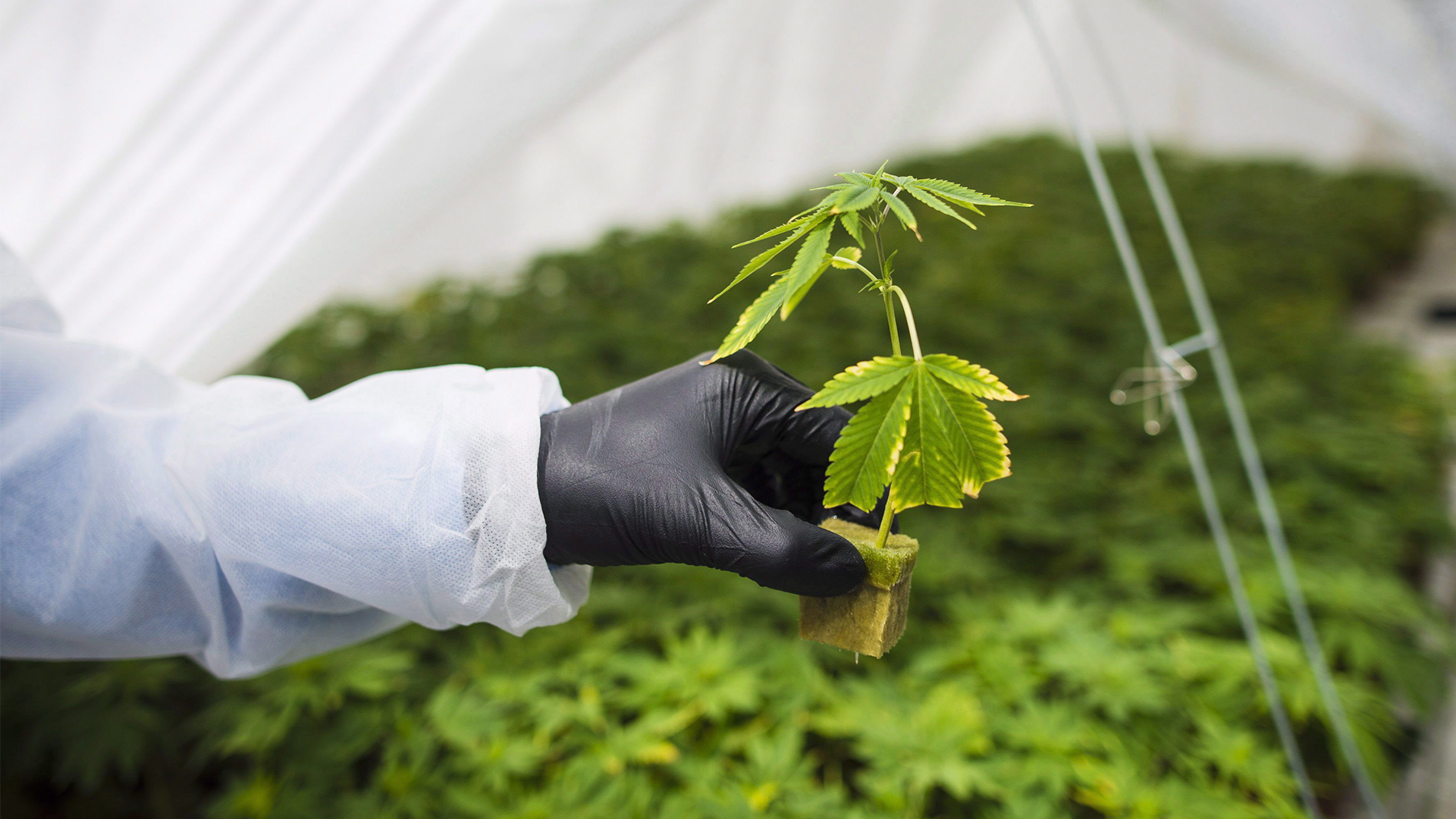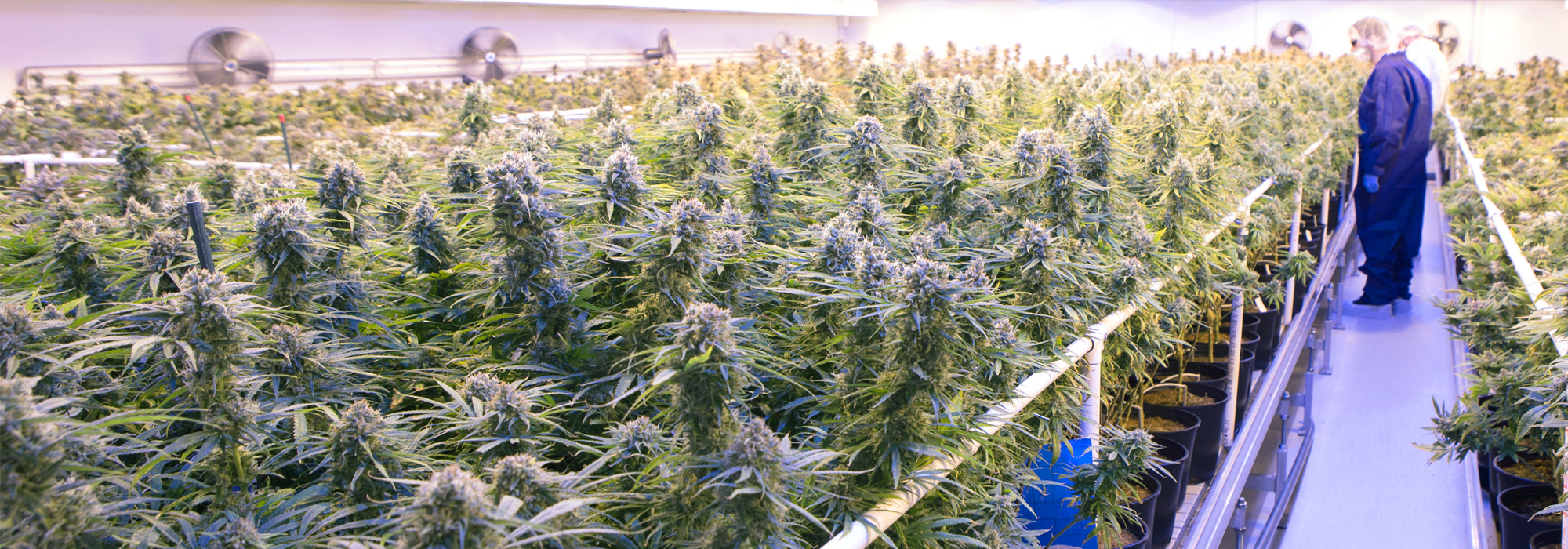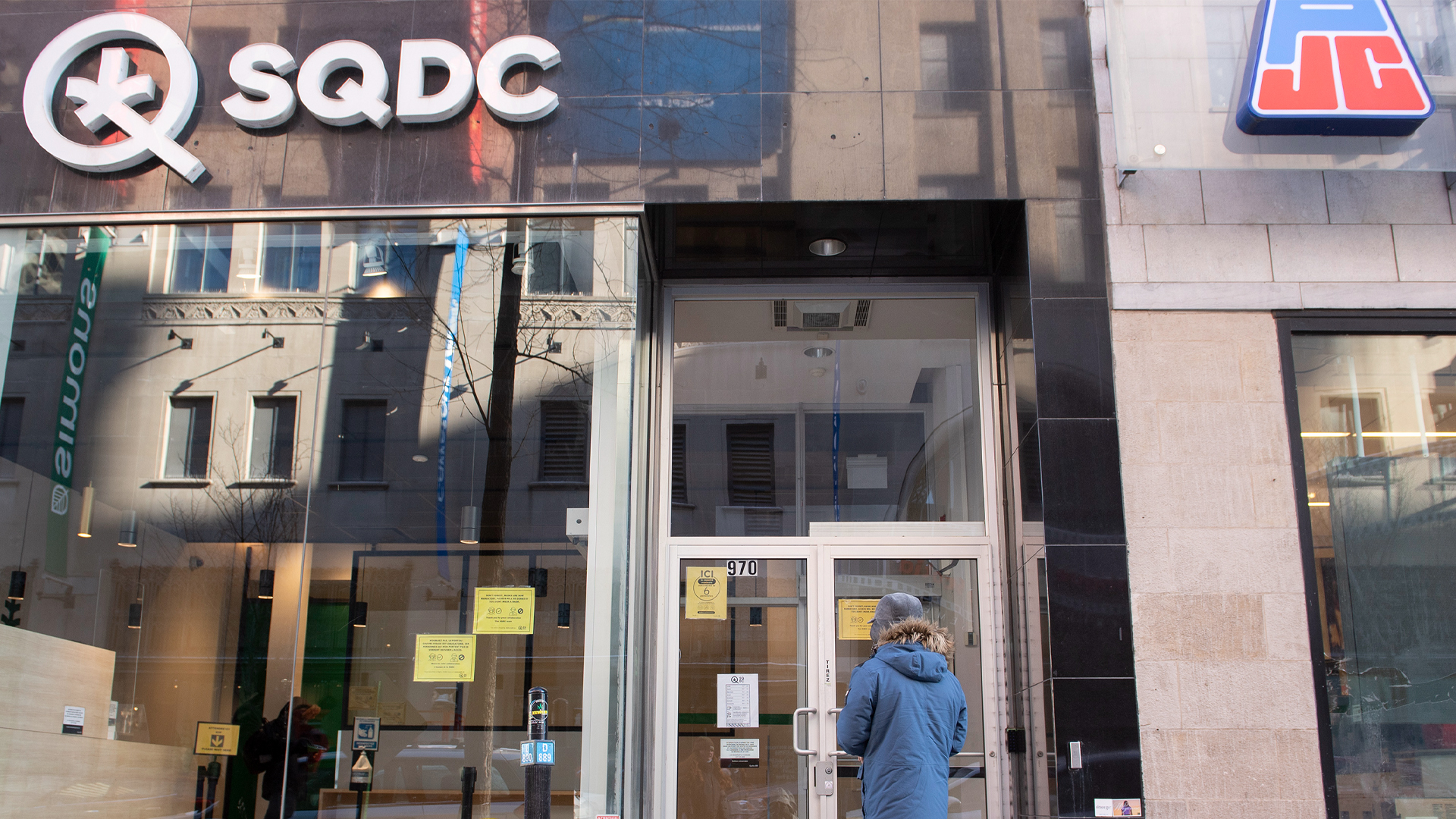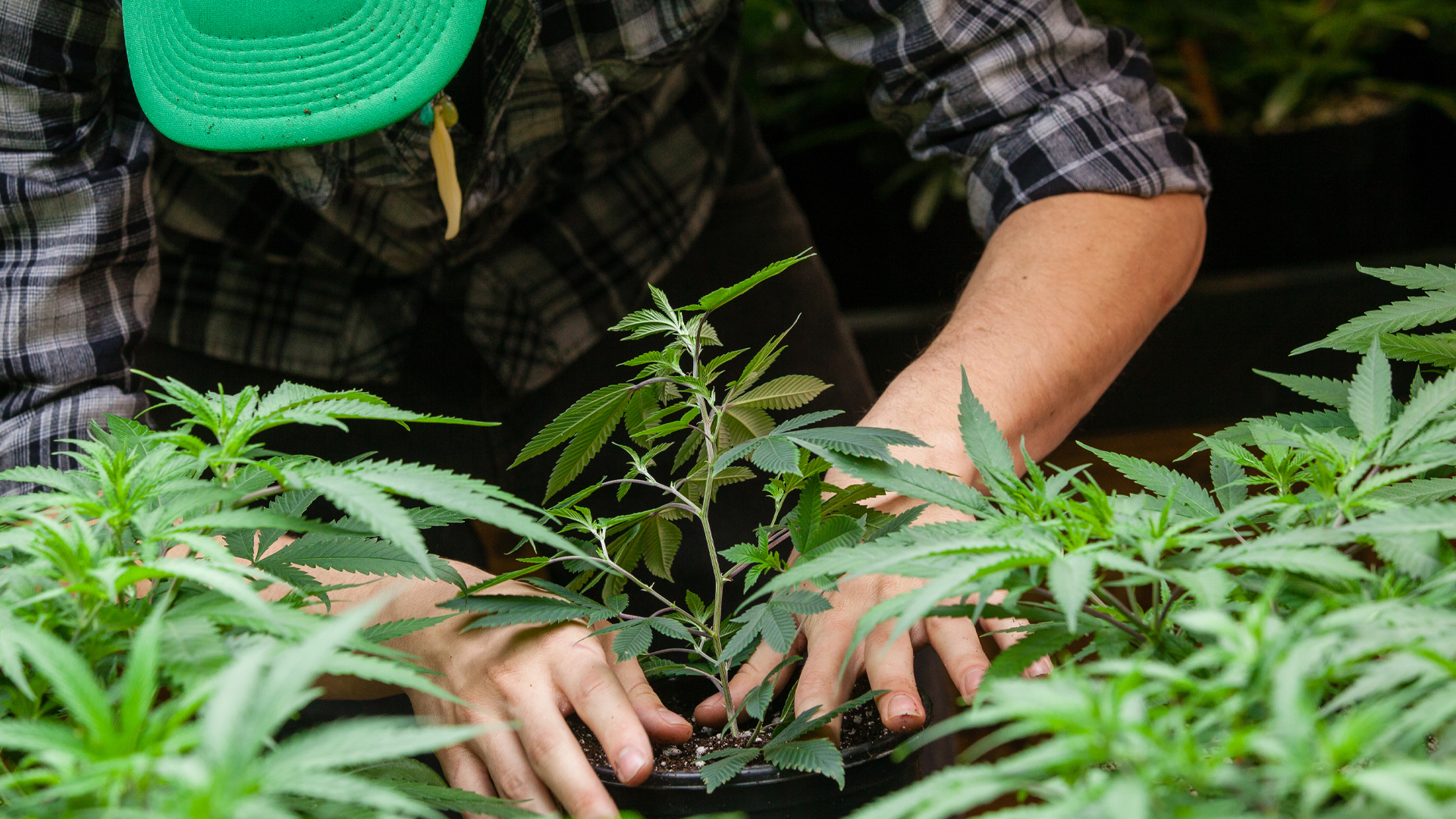
As Canada approaches the opening of its legal and regulated adult-use cannabis market on October 17, important gaps still need to be addressed before the legal industry will be able to compete on the same level as the illicit market. Branding and marketing (along with allowing for scaled-up production and product diversification) are the most powerful tools available to eliminate the black market.
Branding and responsible marketing are critical to allow licensed producers of cannabis to differentiate themselves from black market producers and other less scrupulous actors. They are even more critical in a new market, where consumers need tools like packaging to be able to identify trusted brands as well as distinguish good quality from bad.
Product quality will suffer if customers don’t have these tools because they won’t be able to choose to support the better products with their dollars. The result will be a market where irresponsible companies thrive, while responsible companies will struggle to demonstrate the value of their brand proposition.
Licensed producers agree that branding and marketing need to be done responsibly in a way that is not targeted to or easily accessed by children. However, by limiting the ability of the legal cannabis producers to more effectively brand or market their products, the federal government is giving an unfair advantage to low-quality producers, the black market and irresponsible companies.
Regulations are already in place for products that are smokable (or “combustible,” as the industry says), the only form of cannabis being legalized on October 17. Now the federal, provincial and territorial governments must take steps to allow branding flexibility for non-smokable products such as edibles and concentrates (scheduled to be legalized next year) and speed up the timetable for these formats. The industry is hopeful that the current restrictions on packaging for the phase 1 products will evolve over time as the legal market matures and consumers develop a more educated and experienced understanding of cannabis products.
The value of branding
Creating a competitive industry that effectively undercuts and ultimately eradicates the black market requires the presence of differentiated brands. Indeed, if the federal government opts to apply the branding and packaging standards to non-smokable forms of cannabis that it has applied to smokable products, the ability of industry to present an attractive product to consumers — one that is safer and of a much higher quality than anything from the black market — will be challenged.
On October 17, smokable cannabis products will have a standard coloured package with a logo or a slogan, but not both, and neither can be any larger than the mandatory stop sign warning label the federal government is requiring. Industry leaders accept this standard given that the phase 1 legalized cannabis products are to be consumed by smoking, and Health Canada is keeping packaging regulations in line with its anti-smoking strategy.
However, the other products that will be allowed in 2019 — such as edibles, mints and beverages — are more akin to fine wine or gourmet jelly than to old-fashioned cigarettes. It doesn’t make sense to apply regulations founded in an anti-smoking strategy to products that don’t yield smoke.
In developing regulations for branding, packaging and labelling for the next phase of cannabis legalization, decision-makers would be wise to look at best practices in the US recreational cannabis markets. In Washington, Colorado and California, colours, logos and slogans share packaging space with warning labels, and consumers can clearly differentiate between brands. Clear and safe warnings about the effects of cannabis are vital, especially in a new market. However, we must also find the balance that allows licensed producers to promote their products to legal cannabis consumers. The current framework for smokable products would make that difficult.
Responsible guidelines
Last year, a coalition of Canadian licensed cannabis producers and Advertising Standards Canada came together to design guidelines that would allow for more differentiated packaging of all cannabis products. These guidelines focused on ensuring branding and promotion would not appeal to young people or even encourage cannabis consumption among adults. They would have been far more limiting than alcohol branding guidelines, but they allowed for crucial brand differentiation. These guidelines were rejected by the federal government in favour of the more stringent standards for smokable cannabis described above.
The argument that branding and packaging restrictions should be guided by the experience of regulating the tobacco industry makes sense for smokable cannabis, but it is difficult to make the same argument about edibles. Indeed, if the government wants to draw consumers away from smoking, promoting edibles should be part of the strategy. The federal government should reexamine the guidelines put forward last year by the Coalition for Responsible Cannabis Branding; they are strong and provide the flexibility needed for licensed producers (LPs) to effectively compete against an unscrupulous black market.
- Marketing by LPs would only promote brand preference and would not attempt to influence adult non-consumers of psychoactive cannabis products to become consumers.
- Marketing by LPs would not be directed at people under 18 years of age, or below a province’s or territory’s designated legal age for purchase.
- All advertising messages would contain responsible-use statements.
- To facilitate compliance with these guidelines, LPs could voluntarily opt to submit their advertising messages to Advertising Standards Canada for preclearance prior to dissemination.
- Advertising messages would not imply consumption, not associate cannabis with driving or other skilled activities while impaired, not use sexual or violent language or imagery in the names for strains or packaging and not use characters, animals or activities that appeal particularly to young people.
- LPs would agree to adhere to the provisions of the Canadian Code of Advertising Standards.
If the government decides to treat both product categories the same, only the black market dealers will showcase their non-smokable products in attractive packaging, with defined brands. This approach raises the possibility that many Canadian cannabis consumers will opt to get their edible brownies, mints or beverages from illegitimate sources, ultimately funding organized crime.
Canada’s cannabis legalization framework should allow legal non-smokable cannabis products some flexibility on branding for these reasons:
- It will eliminate confusion between legal and illegal sources of cannabis.
- It will allow responsible, regulated cannabis companies to separate themselves from less scrupulous competitors.
- It will differentiate high-quality products from low-quality products.
- It will help producers to educate adult consumers about responsible consumption.
The world is looking to Canada to get this right. It’s time to take money and power away from criminals. To do that effectively, companies must be able to market their branded products to adults in a responsible manner.
Legalization of cannabis is long overdue. However, if the government does not address fundamental issues associated with branding or product diversification, the black market will continue to enjoy many of the same advantages it does today, thereby putting at risk the success of Canada’s legal cannabis framework.
This article is part of The Economics of Canadian Cannabis special feature.
Photo: A cannabis grow room. Tilray handout.
Do you have something to say about the article you just read? Be part of the Policy Options discussion, and send in your own submission. Here is a link on how to do it. | Souhaitez-vous réagir à cet article ? Joignez-vous aux débats d’Options politiques et soumettez-nous votre texte en suivant ces directives.








